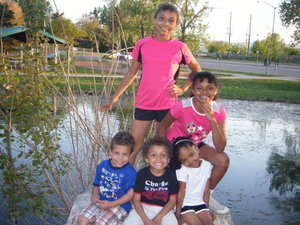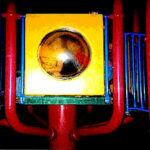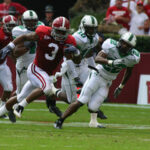Many parents resort to yelling or shouting when their children do not listen. However, this may be damaging to your child in many ways. It can even affect the way your child behaves in school and what he thinks of himself. As a mother to many (with experience in nannying and babysitting), I have researched this topic extensively over the years.
Parental actions can either be the cause of a child’s negative reactions or the cause of their healing process. It is up to the parent to decide which is better for their child. Obviously, most would choose the latter.
Multiple studies have shown that yelling can cause many negative effects for children. Some of those effects are feelings of fear, feeling insecure, feeling unworthy, low self-esteem, misbehavior in school or other public places, disruptive behavior, immunity to any type of discipline that involves yelling or speaking loudly, and many more.
Children are a difficult crowd to please at times, especially those with behavioral issues or those used to getting their own way. But, it can be much easier if you are willing to go through a small period of struggle first. What have you got to lose? You are likely already struggling, so a short-lived struggle is much better than an everyday one.
The first thing you need to do is make the conscious decision that you will no longer yell or shout at your child. There is a difference between speaking with a firm tone and yelling or shouting. When you speak with a firm tone, you are simply flattening your voice and you have a serious look on your face. You will be just a touch louder than normal, but you will not be close to yelling. If you are downstairs and someone upstairs can hear you, you are too loud and you are yelling.
Once you have made the decision not to yell anymore, you need a plan. Write down all the possible misbehaviors that you think your child might partake in. It doesn’t have to be too specific. For example, taking a Barbie from a sibling and taking a book from a sibling is essentially the same thing, so that category could be “Using Other People’s Property Without Permission”. Organize the list and be sure that you don’t have items that could be contained into the same category.
After you have that list, rewrite it neatly on a seperate piece of paper, leaving a few lines blank after each category. In those blank lines, write down what type of discipline could be used for each item. Some types of discipline will be repeated.
Think of a creative way to organize your list and frame it. Place it in an area that will be easy to access for the whole family. Whenever a child misbehaves, take him or her to the list and show him or her what the appropriate punishment is. Follow through every time. This means every time your child repeats an action that is not acceptable, take that child to chart and each time follow through with the corresponding punishment.
The adjustment may be hard at first, but over time, it will get easier for you as well as for your child.
Note: The author’s positive parenting method has evolved into what she calls Upstream Parenting.
More from Lyn:
Positive_Parenting_Does_Not_Mean_Zero_Discipline
Guide to Positive Discipline for Children
Easy Discipline Tricks for Babies
Sources:
Merck Manuals:Online Medical Library
Children’s Memorial Hermann Hospital “Managing Early Childhood Behavior Problems”
Women’s and Children’s Health Network




